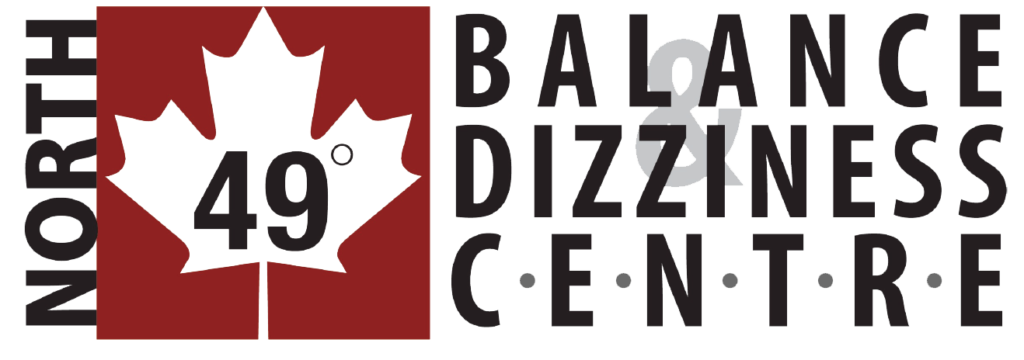Infant Torticollis is the third most common problem seen in newborn children, requiring a visit to the physician (behind hip dysplasia and clubfoot) and typically affects those babies up to 4 months of age. Most often infants are born with it, but sometimes they can develop it with time. It is characterized by a tilting of the head towards one of the shoulders and the head turning the other way. This constant head tilt can result in visual and awareness issues on the affected side.
How To Pronounce Torticollis?
tor · tuh · kaa · luhs
Why Torticollis Happens?
If the newborn is born with torticollis (congenital), it is thought to be due to constrained intrauterine positioning. If they develop it as a newborn it is typically due to being in one position (i.e. on their back) frequently and/or for prolonged periods of time. Parents have been scared of “crib death” and rightfully so. However, keeping a newborn on their back all the time (while sleeping, in car seats, feeding, and playing) can cause torticollis.
Who Treats Torticollis In Infants?
Therapy should be provided by a physiotherapist specially trained in treating torticollis. Early intervention can greatly decrease the amount of asymmetry and reduce long term complications such as middle ear infections, difficulty chewing/nursing, facial/skull asymmetry, and visual problems. Treatment consists of educating parents about stretching, positioning and discussing various safe infant environments. The window of time to make a change with torticollis is small so there should not be a delay in seeking treatment.
How To Fix Your Child’s Torticollis
Education about stretching and positioning while playing, feeding, carrying, as well as sleeping is key. Positioning will also include scheduled, supervised “tummy time” and having stimulating objects to the side opposite to their head inclination. This will encourage more movement of their neck and not develop a favourite side to look towards while on their back. If the strategies are implemented 1-2 follow-up sessions with a physiotherapist trained in this area is typically all that is needed.
Torticollis & Plagiocephaly
If left untreated the newborn can develop plagiocephaly which is a flattening of the skull. Sometimes this can be treated with positioning, but if severe enough may require the temporary use of a helmet.
Click here to see a brief video about torticollis and plagiocephaly.
Common Questions Parents Have About Booking An Assessment With A Physiotherapist
1) How long will the assessment take?
The initial assessment and consultation will take 1 hour.
2) Will my infants neck be manipulated?
No, Assessment and treatment consists of a neck exam, education and position modifications.
3) How many treatments should be expected?
Typically just 1-2 visits are needed in order to assist in treating this type of condition.
4) Will my appointments be covered through my SaskHealth Benefits?
No, but they will be covered through the physiotherapy portion of the benefits package through you or your spouses work insurance.
5) Do I need to see my family doctor first?
Not necessarily, but to be reimbursed through your insurance benefits you may need a doctors referral.
If you have any questions or have a newborn with torticollis please feel free to contact us at North 49. Alternatively, you can book an assessment through our online booking platform at your convenience 24/7 at www.north49therapy.com.


